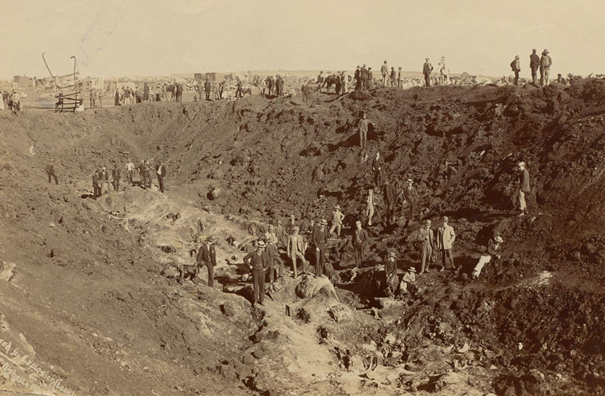The Weekly Reflektion 17/2021
As time goes on the ‘risk picture’ usually changes, sometimes for the better but sometimes for the worse. Reflekt have seen these changes being missed in recent incident investigations.
What signals do you look for to indicate that circumstances have changed, and previous assumptions are no longer valid?

An activity or an operation that has been planned and risk assessed, and mitigating actions agreed and implemented bringing the residual risk down to an acceptable level generally results in a decision to proceed. As the activity progresses, there may be signals that indicate that the assumptions made in the planning phase are incorrect. This could be that the people working in the operation have been changed out, and the new personnel no longer meet the competence requirements. It could also be that additional work has been given to the crew so that they have a higher workload than was foreseen during the planning phase. These are examples of changes that affect the risk picture.
On February 16th, 1896, a freight train with eight train trucks full of dynamite, totalling 60 tonnes arrived in Braamfontein, near Johannesburg, South Africa. The dynamite was destined for the surrounding gold mines, but as the storage areas were already full, the dynamite was left in the freight cars, and shunted into a siding and left there until the train could be unloaded. Three days later, after some very hot weather, the labourers began to unload the dynamite to be transported to the mining storage areas. The freight cars had to be moved from the siding, and a shunter arrived to move it. In the hot weather, the condition of the dynamite had deteriorated, and it detonated when the shunter impacted the first freight car. The resultant crater was 60 m long, 50 m wide and 8 m deep, over 70 people were killed, more than 200 injured and 3000 people left homeless. The explosion was heard 200 kms away and was one of the largest non-nuclear explosions.
What had changed? Storage areas that had been used previously were unavailable. These were typically within the mines, cooler with a stable temperature. This changed the risk picture. The hot weather and its effect on the dynamite stored in the freight cars had not been considered.
In your operations, signals are being sent all the time relating to your risk picture, changes which individually, or cumulatively may change the picture significantly. Do you have a process to recognise these signals, and, where necessary respond to the changes the signals represent? The signals might come from simple changes to a program, from internal or external audits, a system where workers can register observations or complaints, or even responses to your questions when making site visits.
Always be aware of the risk picture of your operation, or your company, or whatever you are responsible for. Would you drive into the mountains with temperatures of -10o C forecast with summer tyres on your car? Don’t make others do it either!
